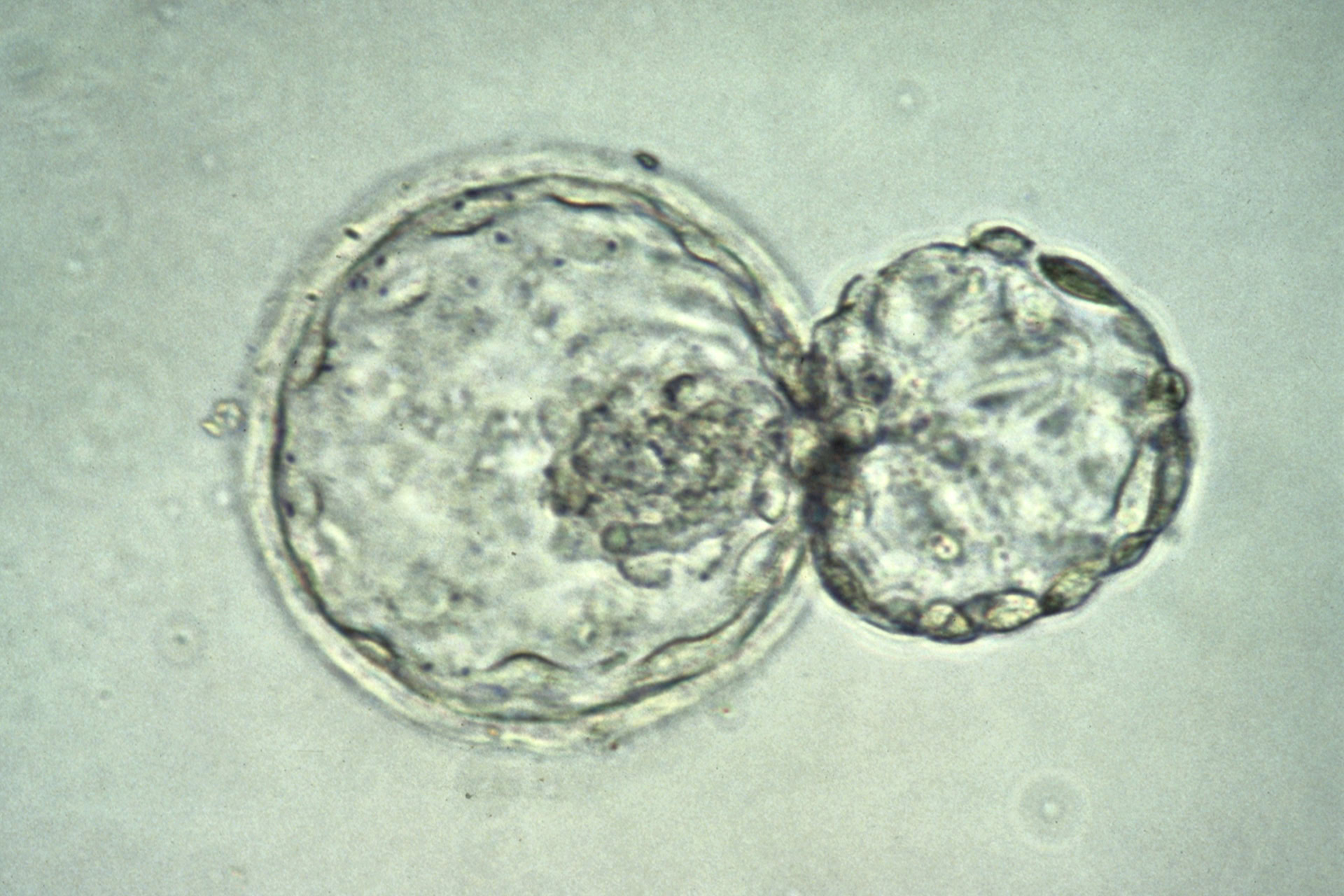US researchers have created functional eggs using DNA from small cells that normally form as waste products during egg development.
The cells, known as polar bodies, bud off eggs during their development and are eventually destroyed. Importantly, they contain identical genetic material to the egg.
'We know that fertility declines as women get older,' said Dr Shoukhrat Mitalipov, co-senior author and director of the Oregon Health and Science University Centre for Embryonic Cell and Gene Therapy. 'This is potentially a way to double the number of eggs we're able to get from one session of IVF.'
The researchers first collected eggs from 11 women and extracted the DNA from polar bodies. They then created artificial eggs by combining the polar bodies with donor eggs from which the DNA had been removed. After IVF with donor sperm, the artificial eggs went on to develop into embryos.
The team found that only 43 percent of polar body embryos reached the blastocyst stage, compared with 75 percent in the control group. None of the embryos created using polar body DNA were implanted into women so it is not known if they would be capable of producing live, healthy offspring.
Dr Dagan Wells, associate professor at the NIHR Biomedical Research Centre, University of Oxford, who was not involved in the study, acknowledged the work as 'technically impressive'. He added: 'It is particularly interesting that the scientists involved were able to use the genetic material from the polar body, a cell which is discarded by the egg as it matures and is traditionally thought of as being little more than a dustbin for the chromosomes that the egg needs to discard in order to make way for those that will be delivered by the sperm.'
This approach could hold promise for women of advanced age who have reduced numbers of eggs, and who may have to undergo more rounds of IVF to become pregnant. Older eggs are also more prone to errors when they are fertilised and begin to divide, so transferring genetic material from older women's polar bodies into a younger women's egg could avoid this problem. The technique could also be used to prevent the transmission of mitochondrial diseases.
Although this technique could create more eggs, experts warn that it will not improve their quality. Darren Griffin, Professor of Genetics at the University of Kent cautioned: 'The oocyte and polar body are genetic reciprocals and this means that if there was a problem with one (e.g. an extra chromosome) we might expect to see a problem (e.g. the same chromosome missing) in the other.'
The research was published in the journal Cell Stem Cell.
Sources and References
-
Functional Human Oocytes Generated by Transfer of Polar Body Genomes
-
Using egg leftovers could double the number collected in IVF
-
IVF breakthrough as scientists find a new way to create more eggs for older women which could 'revolutionise' fertility treatment
-
New technique could increase success of infertility treatment
-
Egg 'nobbles' can be used to create embryos, say scientists in fertility breakthrough






Leave a Reply
You must be logged in to post a comment.